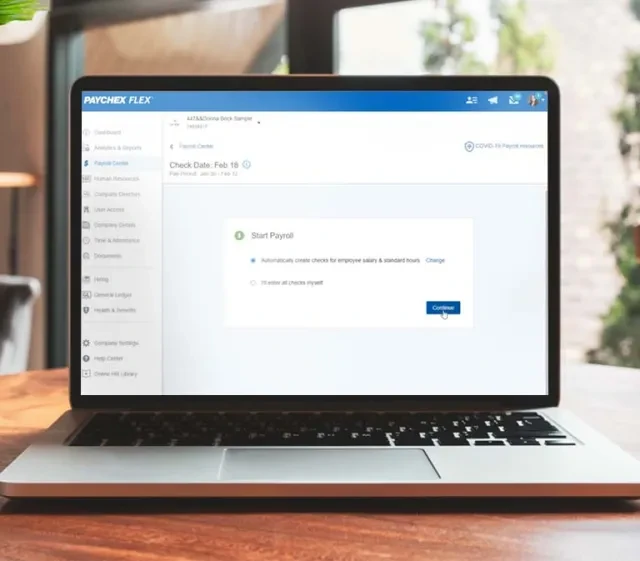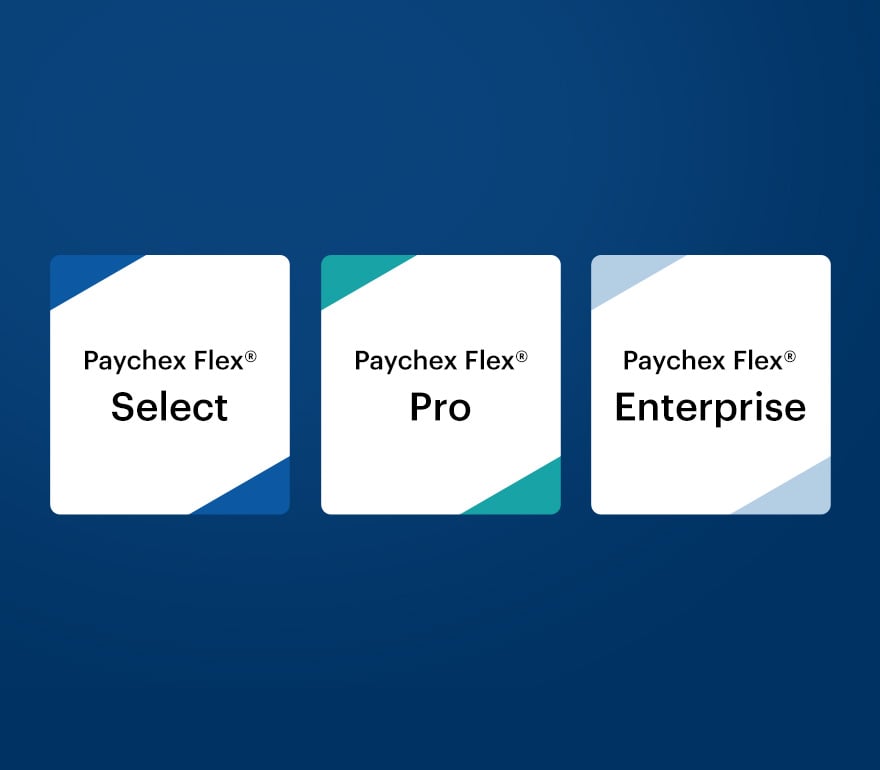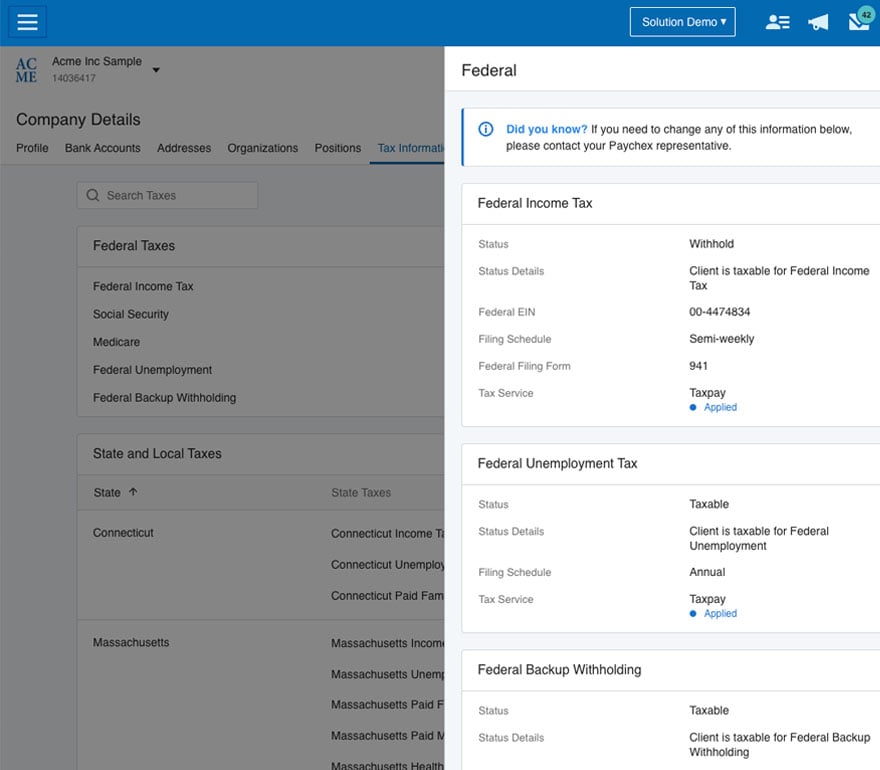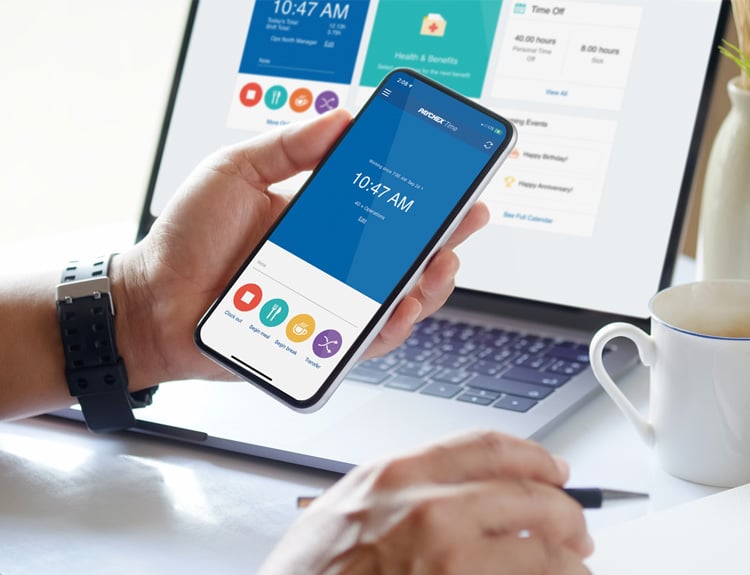Paychex HR and Payroll Services in Baton Rouge, Louisiana
Paychex provides superior payroll and HR services to businesses in Baton Rouge and surrounding areas. For over 50 years, businesses have relied on us for trusted, efficient, and comprehensive solutions tailored to their unique needs.
Get a Free Quote
Business Information for Paychex in Baton Rouge
Address and Phone Number
Need Customer Support?
View Support OptionsBusiness Hours
| Weekday | Time slot | Comment |
|---|---|---|
| Monday | 8:00 am-5:00 pm | CT |
| Tuesday | 8:00 am-5:00 pm | CT |
| Wednesday | 8:00 am-5:00 pm | CT |
| Thursday | 8:00 am-5:00 pm | CT |
| Friday | 8:00 am-5:00 pm | CT |
| Saturday | Closed | |
| Sunday | Closed |
Baton Rouge
4324 South Sherwood Forest Blvd.
Suite 125
Baton Rouge, LA, 70816
Payroll Services for Baton Rouge Businesses
Make Payroll Easy, From Setup To Service and Support
We can help with payroll processing and other tasks so you can focus on more pressing areas of your business.

Payroll Plan Comparison
No matter your Baton Rouge business size, choose from several flexible options, from do-it-yourself solutions to more in-depth payroll support.

Automate Payroll Taxes
Get help calculating, paying, and filing your payroll taxes and secure tax credits your business deserves.

Mobile App for Employers and Employees
Easily access your business’s payroll, HR, and other services directly from your smartphone or tablet.

Additional Solutions to Help Your Business
Whether you have one employee or 1,000, Paychex services can support your Baton Rouge business throughout the entire employee lifecycle.
Find the Right Solution for Your Business
Paychex has the technology, expertise, and customer service to help move your Baton Rouge business forward. Not sure where to start? We’ll recommend the best solution for your unique needs.
















